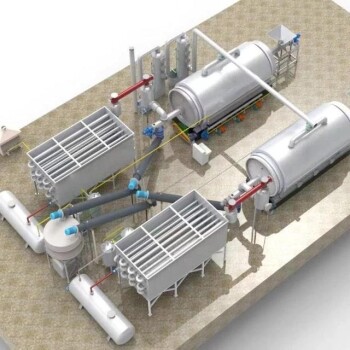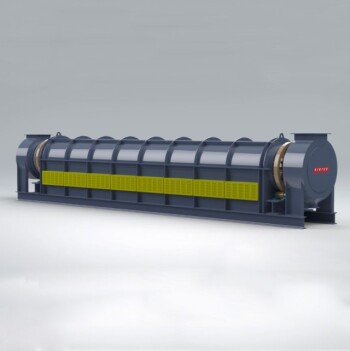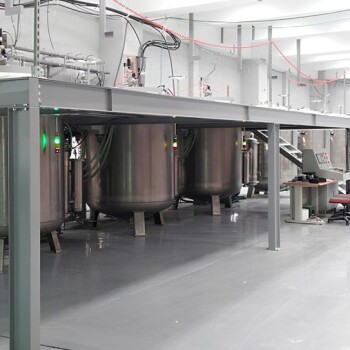Pyrolysis is a thermal decomposition process that occurs in the absence of oxygen, typically at high temperatures ranging from 300°C to 900°C. It is used to break down organic materials such as biomass or waste into smaller molecules, producing gases, liquids (such as bio-oil), and solid residues. The process is carried out in specialized reactors, often under controlled pressure and temperature conditions, and can be classified into different types (e.g., slow pyrolysis) based on heating rates and reaction environments. The products of pyrolysis have various applications, including fuel production and chemical synthesis.
Key Points Explained:

-
Definition and Purpose of Pyrolysis:
- Pyrolysis is the thermal decomposition of organic materials (e.g., biomass or waste) in the absence of oxygen.
- The process breaks down large molecules into smaller components, producing gases, liquids (bio-oil), and solid residues.
- These products are valuable for applications such as fuel production, chemical synthesis, and material recovery.
-
Temperature and Pressure Conditions:
- Pyrolysis typically occurs at high temperatures, ranging from 300°C to 900°C, depending on the material and desired products.
- For some processes involving liquid and gaseous species, temperatures can reach up to 1200°C.
- Pressure conditions vary, with most processes operating between 1 and 30 bar.
-
Reactor Environment:
- Pyrolysis takes place in specialized reactors designed to maintain an oxygen-free or oxygen-limited environment.
- Reactors are often long (20-30 meters) and thin (1-2 inches) tubes made of refractory alloys to withstand high temperatures.
- The process heat is typically supplied externally, either through combustion of produced gases or partial combustion of the feedstock.
-
Types of Pyrolysis:
- Slow Pyrolysis: Conducted at lower heating rates (1-30°C/min) and atmospheric pressure, favoring the production of solid char.
- Fast Pyrolysis: Involves rapid heating rates and shorter residence times, maximizing liquid bio-oil production.
- Gasification: Operates at higher temperatures (700-1200°C) to produce syngas (a mixture of hydrogen and carbon monoxide).
-
Process Mechanism:
- Pyrolysis involves simultaneous and successive reactions as the organic material is heated.
- Larger molecules in the feedstock break down into smaller molecules due to thermal energy, forming gases, liquids, and solids.
- The process is similar to thermal cracking in petroleum refining but operates at lower temperatures.
-
Applications of Pyrolysis Products:
- Gases: Can be used as fuel or further processed into chemicals.
- Liquids (Bio-oil): Used as a renewable fuel or feedstock for chemical production.
- Solid Residues (Char): Can be used as a soil amendment, activated carbon, or fuel.
-
Key Considerations for Equipment Purchasers:
- Reactor Material: Must withstand high temperatures and corrosive environments.
- Heating System: Should provide consistent and controlled heat input.
- Pressure Control: Systems must manage pressure variations to ensure safe and efficient operation.
- Feedstock Compatibility: Equipment should be suitable for the specific type of material being processed (e.g., biomass, plastic waste).
By understanding these key points, equipment and consumable purchasers can make informed decisions about the design, operation, and maintenance of pyrolysis systems to optimize performance and product yield.
Summary Table:
| Aspect | Details |
|---|---|
| Temperature Range | 300°C to 900°C (up to 1200°C for some processes) |
| Pressure Range | 1 to 30 bar |
| Reactor Environment | Oxygen-free or oxygen-limited; refractory alloy tubes |
| Types of Pyrolysis | Slow Pyrolysis, Fast Pyrolysis, Gasification |
| Key Products | Gases, Bio-oil, Solid Char |
| Applications | Fuel production, chemical synthesis, soil amendment, activated carbon |
| Equipment Considerations | Reactor material, heating system, pressure control, feedstock compatibility |
Ready to optimize your pyrolysis process? Contact our experts today for tailored solutions!









